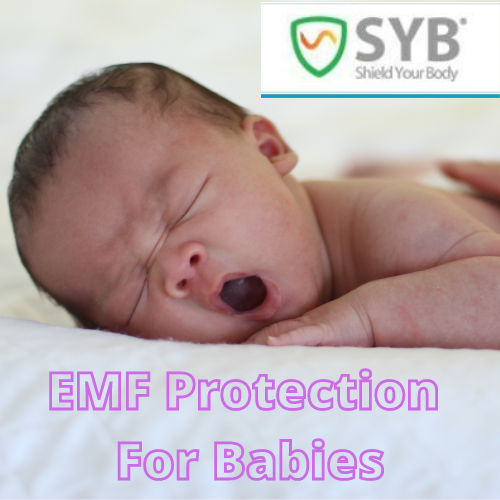Part 1 of 2
 I first noticed a lot more of my long hair stands in the bathroom sink and in the shower drain strainer. More hair was in my hairbrush, my part was getting wider, and my pony tail was noticeably thinner. Whenever I combed my hair, clumps were coming out in my hand. Something was not right.
I first noticed a lot more of my long hair stands in the bathroom sink and in the shower drain strainer. More hair was in my hairbrush, my part was getting wider, and my pony tail was noticeably thinner. Whenever I combed my hair, clumps were coming out in my hand. Something was not right.
Losing Some Hair Every Day Is Completely Natural
First, everyone loses, on average, fifty to a hundred hairs a day. That’s just hair going through  one of its four cycles – a growth phase, a transition phase, a resting phase, and a shedding phase. Generally, there will be new hair simultaneously replacing the ones that fall out.
one of its four cycles – a growth phase, a transition phase, a resting phase, and a shedding phase. Generally, there will be new hair simultaneously replacing the ones that fall out.
Most of the hairs on your head are in the growth phase where each hair grows for 2-7 years. Over the course of a few weeks, some hair follicles shrink, and hair growth slows. This is the transitional phase and accounts for only 3% of all hairs at one time. About 10% of your hair is in the resting phase where it is no longer growing. Resting hairs “rest” for three to four months, then gradually shed over time, and this is what you see when you wash and brush. Therefore, with female hair loss, it takes at least 3-4 months before you see results from any treatment.
Female Hair Loss Happens When the Hair Growth Cycle is Disrupted
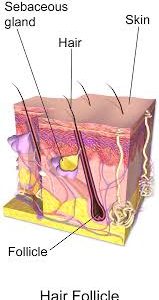 When excessive hair loss or thinning of the scalp begins to happen, it’s because something has interrupted the growth cycle and hair is falling out faster than it can be regenerated. It’s usually a sign of or reaction to something else (or in many cases, multiple things) happening in your body. I’ll briefly describe some of these factors.
When excessive hair loss or thinning of the scalp begins to happen, it’s because something has interrupted the growth cycle and hair is falling out faster than it can be regenerated. It’s usually a sign of or reaction to something else (or in many cases, multiple things) happening in your body. I’ll briefly describe some of these factors.
12 Triggers for Female Hair Loss or Thinning
1. Vigorous Styling
Vigorous styling and hair treatments over the years can cause your hair to fall out. Any 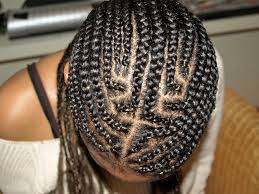 constant hairstyle that pulls the hair back so there’s pressure at the root can cause something known as traction alopecia. This could include tight braids, hair weaves or corn rows as well as chemical relaxers to straighten your hair. These practices can cause progressive thinning of the hairline, and if you do it for long enough, can damage the hair follicle beyond repair resulting in permanent female hair loss.
constant hairstyle that pulls the hair back so there’s pressure at the root can cause something known as traction alopecia. This could include tight braids, hair weaves or corn rows as well as chemical relaxers to straighten your hair. These practices can cause progressive thinning of the hairline, and if you do it for long enough, can damage the hair follicle beyond repair resulting in permanent female hair loss.
2. Genetics
A common female hair loss pattern known as androgenic alopecia, is genetically inherited and can come from either the mother’s or father’s side of the family.
3. Physical Trauma
Recognize that female hair loss can occur following surgical procedures, burns, radiation therapy, head injuries and other accidents. This phenomenon is known as Telogen Effluvium. Hair usually grows back after the body recovers.
4. Stressful Event
Female hair loss often follows an emotionally impactful event such as a death, accident, illness, divorce or loss. The stress can shock the hair follicles and cause them to stop producing. Hair begins falling out 6 weeks to 6 months following the event. Give it time and the hair will generally grow back.
5. Childbirth
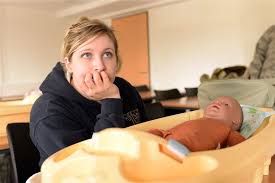 Women who just had a baby usually experience periods of “aggressive shedding” about three to four months after giving birth. The medical establishment agrees that estrogen levels are usually higher during pregnancy (which is why your hair is thicker), and then they drop suddenly after you give birth. This is a common cause of female hair loss and usually the mother’s hair will grow back to its normal fullness by the time the baby turns one.
Women who just had a baby usually experience periods of “aggressive shedding” about three to four months after giving birth. The medical establishment agrees that estrogen levels are usually higher during pregnancy (which is why your hair is thicker), and then they drop suddenly after you give birth. This is a common cause of female hair loss and usually the mother’s hair will grow back to its normal fullness by the time the baby turns one.
6. Nutritional Causes

There is a very strong link between what you eat and the health of your hair. Hair thrives on a diet rich in vitamins, minerals and antioxidants. Without these necessary nutrients, your hair will feel the damaging effects.
• Protein powers growth in hair cells, but an absence of it results in less new hair growth.
• A lack of Vitamin C – which aids in the synthesis of collagen (a structural fiber that hair follicles needed for growth) can make your hair dry and brittle.
• Iron helps red-blood cells to carry oxygen; once your iron levels are low, you become anemic and your cells struggle to function. The hair follicle becomes nutrient-deprived, and this negatively affects the normal cycle of hair growth and can lead to excessive shedding of hairs.
• Zinc is important for tissue growth and repair, plus it keeps oil glands around the hair follicles in good working order. But if your zinc intake is low, you’ll experience slow hair growth and dandruff in addition to the hair loss.
• Deficiencies in biotin is also clearly associated with hair loss, and magnesium is necessary for healthy hair growth.
7. Sudden or considerable weight loss
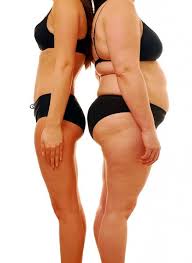 Sudden weight loss seems to shock the system. It’s also possible that environmental toxins that store in fat cells are released into the system causing among other symptoms, a six-month period of hair loss. It then corrects itself when the toxins are released, and the body rebalances.
Sudden weight loss seems to shock the system. It’s also possible that environmental toxins that store in fat cells are released into the system causing among other symptoms, a six-month period of hair loss. It then corrects itself when the toxins are released, and the body rebalances.
8. Environmental Toxins and Medical Conditions
 Toxic chemicals are found in hair dyes, styling products and shampoos and conditioners. Female hair loss can follow medical conditions such as lupus, certain types of cancer, pituitary gland diseases, heavy metal poisoning, HIV and other chronic medical illnesses.
Toxic chemicals are found in hair dyes, styling products and shampoos and conditioners. Female hair loss can follow medical conditions such as lupus, certain types of cancer, pituitary gland diseases, heavy metal poisoning, HIV and other chronic medical illnesses.
9. Hormonal Changes

Female hair loss is common when there is a change in hormonal balance which can occur when going off birth control pills, childbirth, and menopause. Polycystic ovary syndrome (PCOS) is another imbalance in male and female sex hormones. An excess of androgens can lead to ovarian cysts, weight gain, a higher risk of diabetes, changes in your menstrual period, infertility, as well as hair thinning. An underactive thyroid gland may often be a culprit in female hair loss and should be one of the first things checked.
10. Auto-immune Disease
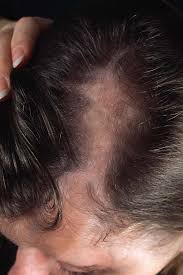 If you notice your hair falling out in clear patches that aren’t growing back, this could be a sign that you have an autoimmune form of female hair loss called, alopecia areata. This is basically a result of an overactive immune system. The body gets confused. The immune system sees the hair as foreign and targets it by mistake.
If you notice your hair falling out in clear patches that aren’t growing back, this could be a sign that you have an autoimmune form of female hair loss called, alopecia areata. This is basically a result of an overactive immune system. The body gets confused. The immune system sees the hair as foreign and targets it by mistake.
11. Ageing

It’s not uncommon to see female hair loss or thinning of the hair as women enter their 50s and 60s. As we age, our bodies begin to lose the ability to renew and regenerate cells quickly. This results in thinning hair, hair loss and greying. Research also points to menopause as a cause of hair loss as the body undergoes hormonal changes during this process. A decrease in hormones like estrogen and progesterone, which help to grow and retain hair, leads to slow hair growth and thinning. This prompts the increased production of androgens, a group of male hormones. Androgens shrink hair follicles, resulting in hair loss on the head.
12. Medications

Because it can be toxic to hair follicles, hair loss is a huge side effect for so many different types of prescription medications. At the top of the list is chemotherapy, a nuclear bomb to rapidly dividing cells. That means cancer cells, but also rapidly dividing cells like hair follicles.
Other medications that may cause female hair loss include the following:
• Acne medications
• Antibiotics
• Antidepressants
• Antifungal medications
• Beta Blockers
• Blood thinners (anticoagulants)
• Chemotherapy medications
• Cholesterol-lowering medications
• Epilepsy medications (anticonvulsants)
• Gout medications
• High blood pressure medications (antihypertensives)
• Hormone replacement therapy — estrogen or progesterone for women, androgens and testosterone for men
• Immunosuppressant medications
• Interferons
• Mood stabilizers
• Nonsteroidal anti-inflammatory medications (NSAIDs)
• Oral contraceptives
• OTC heartburn medication
• Parkinson’s disease medications
• Steroids
• Thyroid medications
As you can see, there are many triggers for female hair loss. In Part 2, I will discuss some of the natural treatments and when you need to seek further testing. In the meantime, if you are experiencing thinning and hair falling out, take an inventory and see what you may start doing to eliminate the probable cause.
Next Post: Hair Loss in Women – Natural Treatments
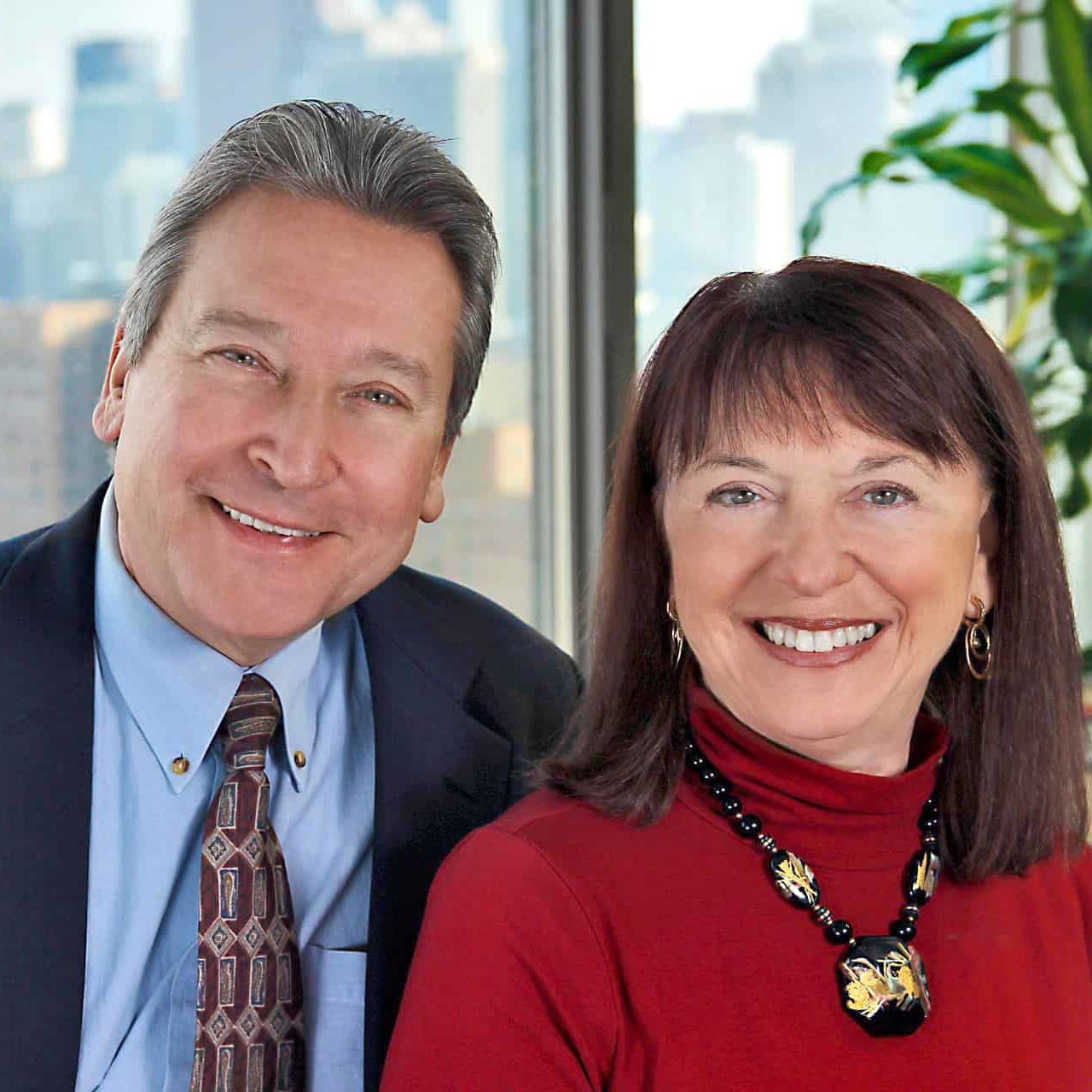
About Us
As holistic dentists, we've recommended products and services that supported our patients’ health for decades. In experiencing our own health challenges from mercury toxicity, we worked closely with many natural, alternative, and integrative health practitioners who aided our recovery as well as our patients’. We built this site to provide you with a simple-to-use, comprehensive, informational, and functional resource for your physical, emotional, and spiritual health & well-being.




































